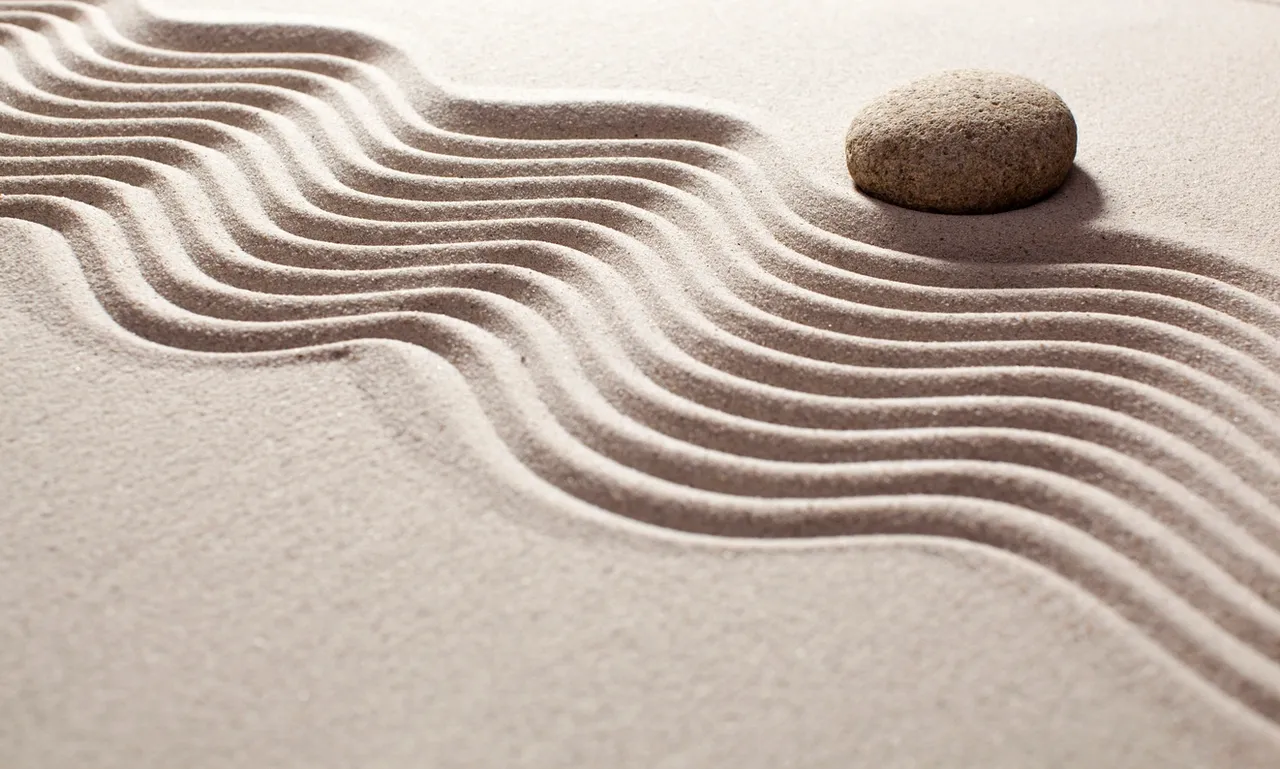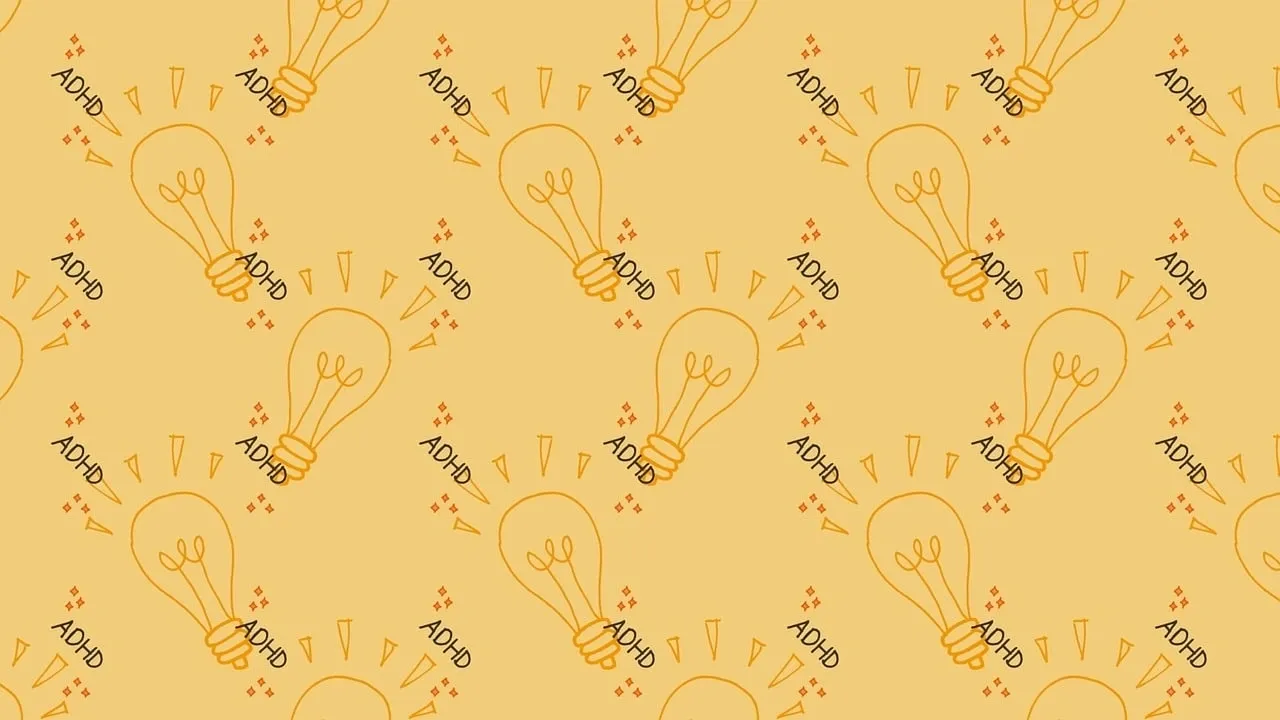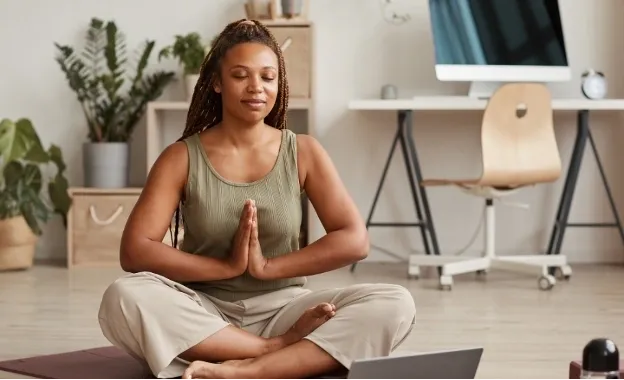Finding your peace can feel impossible when you’re overwhelmed, stressed, or carrying the weight of everything all at once. Your mind’s racing, your body’s tense, and nothing feels okay. In those moments, grounding techniques can be a game changer—helping you slow down, reconnect with yourself, and feel just a little more in control.
What Are Grounding Techniques?
Grounding techniques are strategies that allow you to be present in the here-and-now. They work right away and are such a game changer!
Integration into Daily Life
Grounding techniques can be easily added to your daily routine. Use them at work during breaks. Or use them before crucial meetings or exams. Developing this practice can help you remain centered, calm, and in control.
Why Use Grounding Techniques?
Grounding techniques help you feel more safe.

Grounding techniques are helpful for several reasons, which is why they are excellent tools for anyone wanting to better their mental health. Benefits of grounding techniques:
- Help manage anxiety
- Reduce stress
- Increase focus
- Provide emotional control
7 Effective Grounding Techniques
Let’s dive into some actionable grounding exercises!
1. The 5 Senses Exercise
This technique uses your senses. It helps you connect with your surroundings to keep you anchored to the here-and-now. Identify:
- 5 things you can see
- 4 things you can touch
- 3 things you can hear
- 2 things you can smell
- 1 thing you can taste
The beauty of the 5-4-3-2-1 technique is in its simplicity. You can do this where and whenever you prefer!
2. Deep Breathing
Another powerful technique is deep breathing. It relaxes your nervous system and slows down your heart rate. So start with your first breath: in through your nose, out through your mouth. Try this for a few minutes with deep inhales and exhales.

“Breath is the bridge which connects life to consciousness, which unites your body to your thoughts.” – Thich Nhat Hanh
How to Practice Deep Breathing
- Find a comfy place to sit or lie down.
- Put one hand on your belly and the other on your chest.
- Breathe in deeply through your nose. Feel your belly rise.
- Hold your breath for a few seconds.
- Breathe out slowly through your mouth. Feel your belly fall.
- Do this for 5-10 minutes. You’ll feel better!
3. Movement
Moving your body can also help ground you. Simple actions like walking or stretching can do wonders and you’ll be surprised by how just a few moments can change your whole day.

Physical activity releases endorphins, which improve your overall sense of well-being.
4. Use Your Imagination
Close your eyes. Imagine a safe place. This can be a real place or made up. Picture every detail. Focus on the sights, sounds, and smells. This helps distract you from anxiety.

To enhance this technique, try the following:
- Choose a place that makes you feel relaxed.
- Spend a few minutes describing it in your mind.
- Engage your senses: what do you see, hear, and smell?
Studies show that visualization can lower stress hormones (American Psychological Association).
5. Touch Something

Intentionally touching items such as holding onto an object helps you feel more connected to the present. Grab a stone, a stress ball, or even a favorite piece of jewelry. Focus on how it feels in your hand. Think about its texture, weight, and temperature. Is it smooth? Is it heavy? This awareness can shift your mind away from stress.
Exhale slowly while squeezing the object gently. This enhances the calming effect.
- Choose a small object you can carry.
- Practice mindful breathing while holding it.
- Notice how it feels each time.
It’s all about creating a connection. As you hold your object, think of positive experiences to change your mood.
6. Count Backwards

One simple grounding technique is to start at 100 and count backwards to 0. This keeps your mind busy and takes your focus away from distressing thoughts.
Here’s why it works:
- It engages your brain in a task.
- It forces you to concentrate.
- It can slow down racing thoughts.
Counting backwards is not just a distraction; it also helps you regain control.
7. Mindful Observation
Research shows that focusing on one thing can lower anxiety levels by up to 30% (American Psychological Association).

Here are some simple steps to try mindful observation:
- Choose an object that catches your eye.
- Examine it from different angles.
- Describe it to yourself silently. What colors do you see?
- Feel how it fits in your hand.
- Take deep breaths as you observe.
Conclusion

Grounding techniques aren’t magic—but they are tools you can reach for when your mind is doing the most. Whether you’re spiraling into overthinking or just trying to survive a stressful day, these practices help bring you back to the present, where your power lives.
Try a few. Keep the ones that work. Toss the ones that don’t.
Take a breath. You’ve got this. 💛






